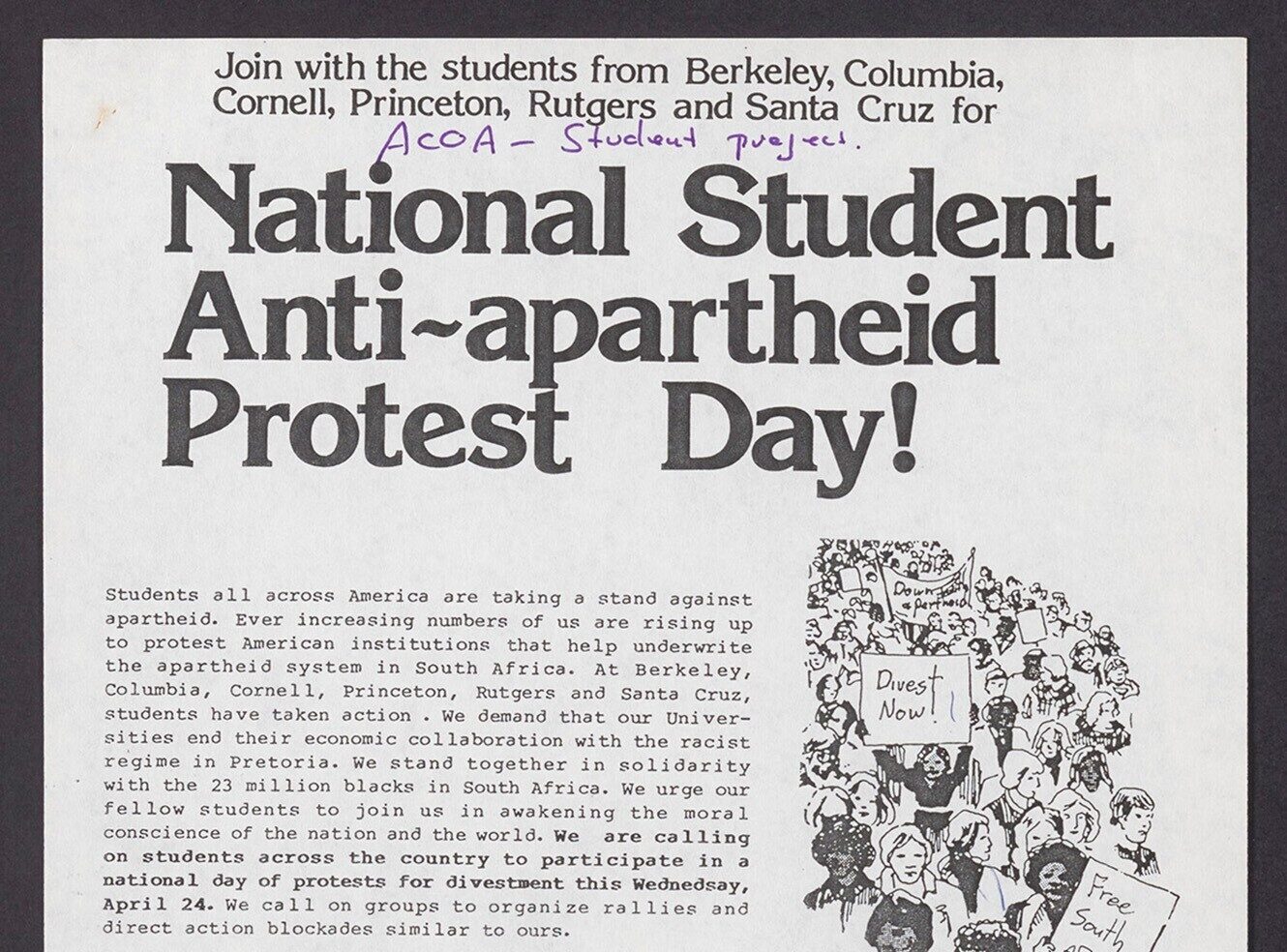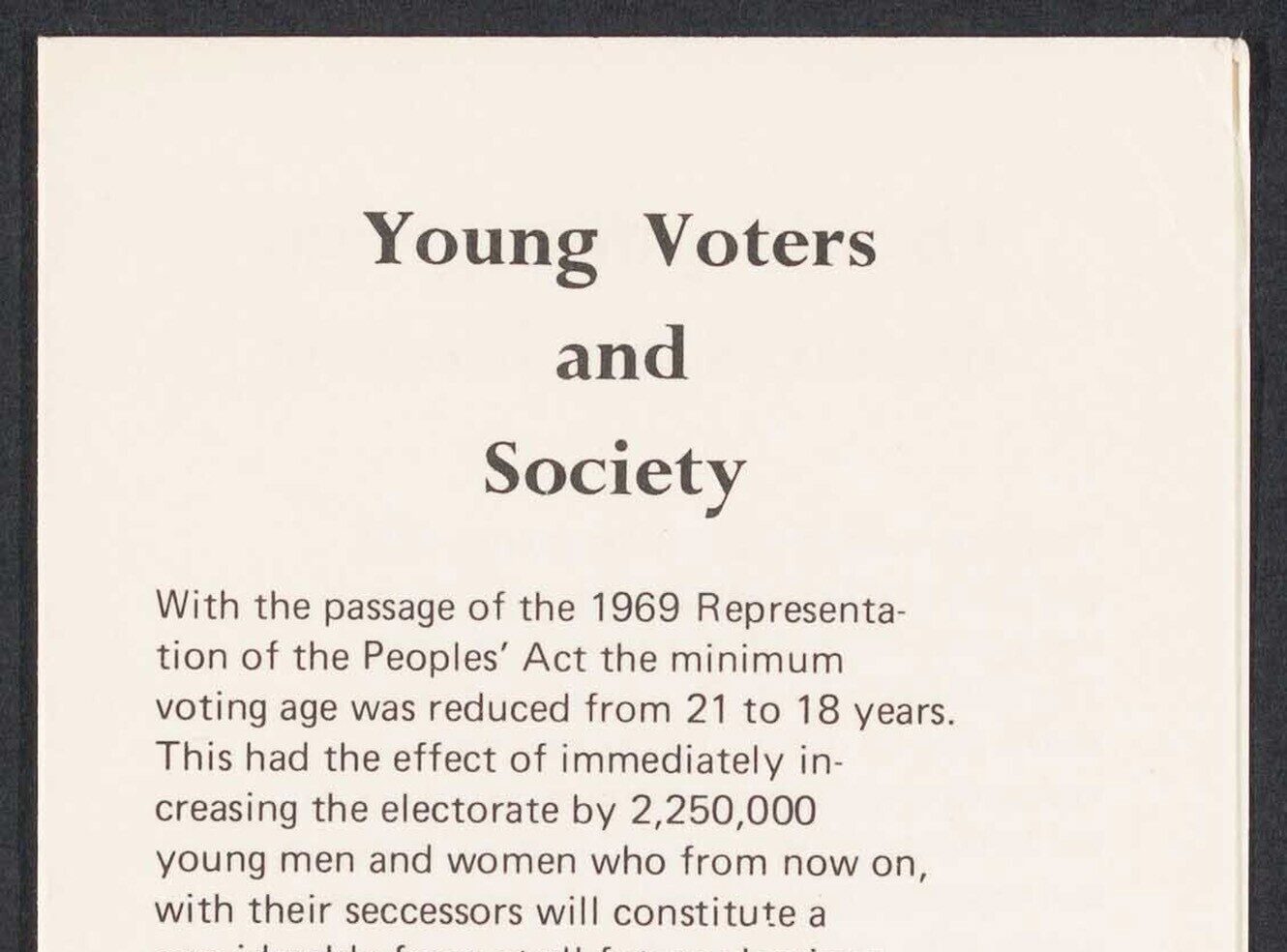Going sober for October? Some pointers from the past
This Monday, 28th October, marks the hundredth anniversary of the National Prohibition Act becoming law in the United States. Also known as the Volstead Act, the Act prohibited “intoxicating beverages”, regulated the manufacture, sale and transport of alcohol whilst ensuring a supply of alcohol for industry and science. It defined “intoxicating liquors” as “any such beverages which contain one-half of 1 per centum or more alcohol by volume”, a surprisingly low limit for many.

Despite well-documented breaches of the Act, with famous bootleggers and speakeasies, efforts were made to encourage citizens to remain on the right side of the law. Food and Drink in History: Module I, published earlier this month, contains a range of documents relating to the temperance movement and prohibition, but one in particular caught my eye. Prohibition Punches: A book of beverages was published in 1930 by Dorrance & Company and features non-alcoholic recipes for all occasions and times of day. In the preface, Dr. Harvey W. Wiley writes:
Too long we Americans have been sulking, like the small boy, because we couldn’t sup the nectar of a “forbidden fruit.” It is high time to do a little mental housecleaning and turn our minds to thoughts of fruits of which we can partake without incurring inevitable penalties of law and nature.
To this end, the recipes involve a considerable amount of fruit juice “dressed up in various fancy forms”, from “Frosted Orange Juice” – a breakfast-time mix of orange juice and ice cream – to “Meridian Mansions Punch” – to be served in the afternoon, containing the juice of no fewer than 24 lemons – and a “Vegetable Cocktail”, seemingly a Bloody Mary combination in which the vodka has been exchanged for “2 dozen stalks asparagus”.

Despite the assertion in the preface of the book that “[t]he Eighteenth Amendment is a permanent part of our constitution”, the process of repealing it began three years after the book’s publication in response to ever-increasing resistance. The attempts of Prohibition Punches, then, to “fill our national goblet legitimately” could not tempt the population away from stiffer drinks, but might provide inspiration, or at the very least entertainment, for any designated drivers among us as we head towards party season.
To find out more about Food and Drink in History: Module I (available now), including free trial access and price enquiries, please email us at info@amdigital.co.uk.
Recent posts

The blog highlights American Committee on Africa, module II's rich documentation of anti-apartheid activism, focusing on the National Peace Accord, global solidarity, and student-led divestment campaigns. It explores the pivotal role of universities, protests, and public education in pressuring institutions to divest from apartheid, shaping global attitudes toward social justice and reform.

This blog examines how primary sources can be used to trace the impact of young voices on society, particularly during pivotal voting reforms in the UK and the US. Explore materials that reveal insights into youth activism, intergenerational gaps, and societal perceptions, highlighting their interdisciplinary value for studying youth culture, activism, and girlhood across history.
